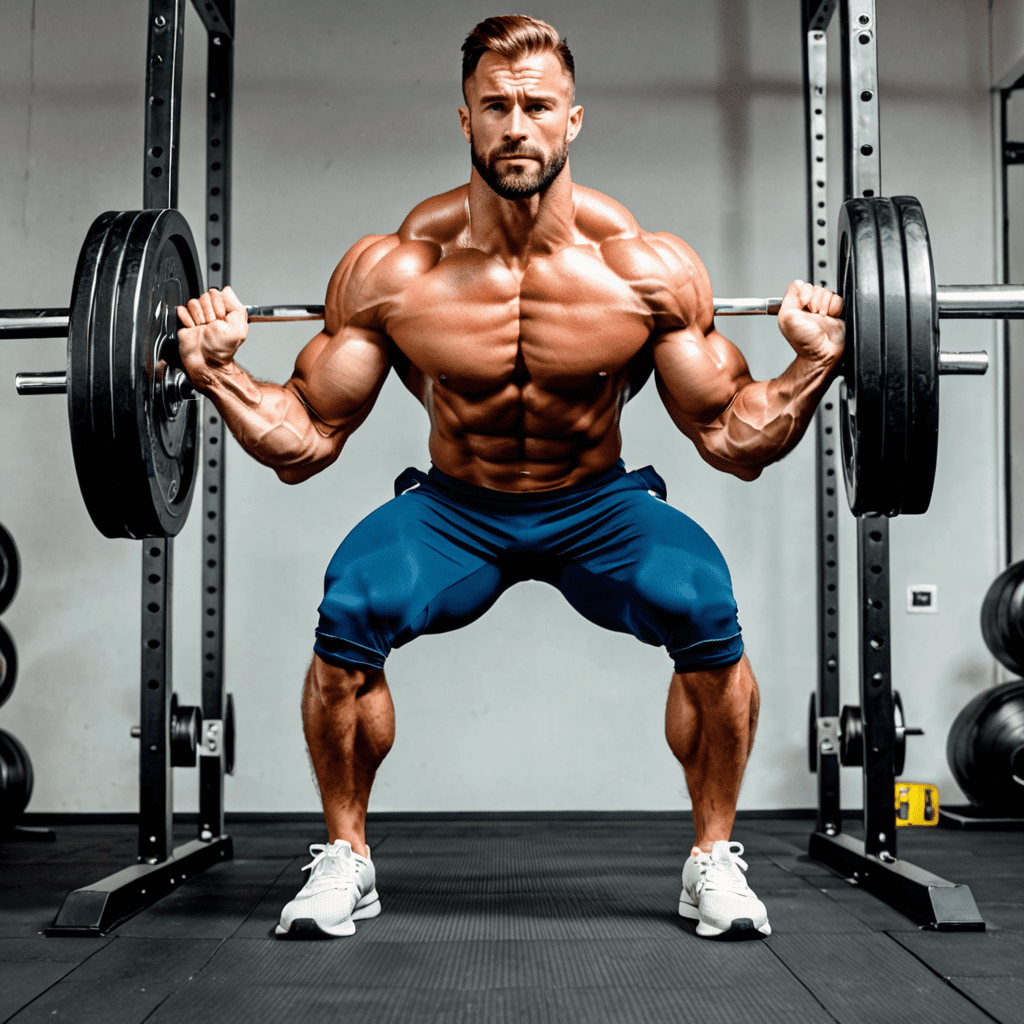
Mastering the Art of Squat Thrusts: An Essential Exercise Guide for a Stronger Body
Squat thrusts are a powerful full-body exercise that can help improve strength, endurance, and overall fitness. Whether you’re a beginner or an experienced fitness enthusiast, mastering the correct form and technique is essential for maximizing the benefits of this exercise. In this comprehensive guide, we’ll walk you through the step-by-step process of performing squat thrusts with precision and effectiveness.
Understanding the Benefits of Squat Thrusts
Before delving into the mechanics of how to perform squat thrusts, it’s important to understand the myriad of benefits that this exercise offers. Squat thrusts are a compound movement that engage multiple muscle groups simultaneously, making them an efficient way to challenge your entire body. By incorporating squat thrusts into your workout routine, you can enhance your cardiovascular endurance, build lower body strength, and improve overall functional fitness.
How to Perform Squat Thrusts: Step-by-Step Guide
Follow these simple steps to execute a perfect squat thrust:
- Starting Position: Begin by standing with your feet shoulder-width apart and your arms at your sides.
- Squat Down: Lower your body into a squat position by bending your knees and pushing your hips back, keeping your chest up and core engaged.
- Plant Your Hands: Place your hands on the floor in front of you, just inside your feet.
- Extend Your Legs: Quickly extend both legs behind you, moving into a plank position. Your body should form a straight line from head to heels.
- Return to Squat Position: Immediately reverse the motion by jumping or stepping your feet back to the outside of your hands, returning to the squat position.
- Stand Up: From the squat position, stand up tall to complete one repetition.
Tips for Proper Form
It’s crucial to maintain proper form throughout the entire movement to maximize the effectiveness of squat thrusts and reduce the risk of injury. Here are some key tips to ensure proper form:
- Keep your core engaged to support your lower back.
- Focus on a smooth and controlled transition between each step of the exercise.
- Land softly when returning to the squat position to minimize impact on your joints.
- Ensure your knees stay aligned with your toes during the squat and return to standing position.
Variations and Progressions
Once you’ve mastered the basic squat thrust, you can explore various modifications and progressions to further challenge your body and avoid plateaus in your fitness journey. Some popular variations include adding a push-up in the plank position, incorporating a jump at the end of the movement, or using dumbbells for added resistance.
Common Mistakes to Avoid
While squat thrusts are an effective exercise, they can also be prone to certain mistakes that may compromise their benefits. Be mindful of the following common errors:
- Allowing your back to round during the squat or plank position.
- Hyperextending or arching your lower back when returning to the squat position.
- Using excessive momentum, leading to a lack of control in the movement.
Frequently Asked Questions about Squat Thrusts
Q: How many repetitions should I aim for when doing squat thrusts?
A: The number of repetitions can vary based on your fitness level and goals. Beginners may start with 8-10 repetitions per set, while those more experienced may aim for 15-20 repetitions or more.
Q: Are squat thrusts suitable for individuals with knee issues?
A: Squat thrusts can put pressure on the knees, so it’s important to exercise caution if you have knee concerns. Consider modifying the exercise by stepping your feet back instead of jumping to reduce impact on the knees.
Q: Can squat thrusts help with weight loss?
A: Squat thrusts, as a dynamic full-body exercise, can contribute to calorie burning and improved metabolism, which are beneficial for weight loss when combined with a balanced diet and overall exercise regimen.
These tips and guidelines are designed to help you master the art of squat thrusts and integrate this effective exercise into your fitness routine with confidence and precision. Whether you’re aiming to build strength, improve endurance, or simply enhance your overall fitness level, squat thrusts can be a valuable addition to your workout arsenal.


